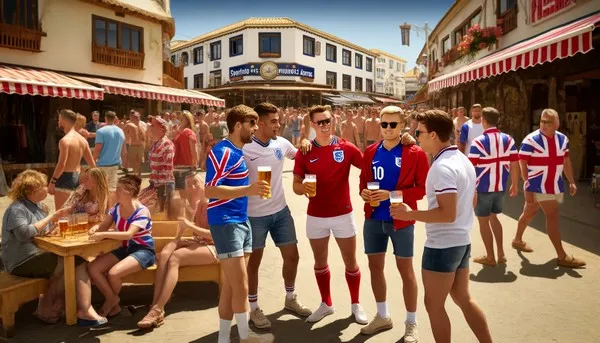Table of Contents
- Introduction
- Theoretical Foundations of Interpersonal Comparisons
- Mechanisms of Interpersonal Comparison
- Social Structures and Comparative Logics
- Impacts of Interpersonal Comparisons
- Interpersonal Comparisons in Everyday Life
- Strategies of Resistance and Reframing
- Conclusion
Introduction
Interpersonal comparisons occupy a central position in sociological analysis of identity, status, and social interaction. At their core, interpersonal comparisons involve individuals evaluating themselves in relation to others. These evaluations can be based on a range of variables including income, lifestyle, intelligence, beauty, social status, or success. While often viewed as a psychological or individualistic phenomenon, sociologists approach interpersonal comparisons as socially constructed and structurally conditioned practices.
This article explores the concept of interpersonal comparisons from a sociological perspective, examining the mechanisms through which comparisons occur, the social structures that influence them, and their broader implications for inequality, self-concept, and social cohesion. The focus will be on how interpersonal comparisons manifest in various social settings and how they are shaped by cultural narratives, institutional frameworks, and power dynamics.
Theoretical Foundations of Interpersonal Comparisons
Classical Sociological Insights
Although not always explicitly framed as such, classical sociological theorists engaged deeply with the concept of interpersonal comparisons. Karl Marx emphasized the relational nature of class and how workers become aware of their position through comparison with the bourgeoisie. Alienation, for Marx, is exacerbated not only by labor conditions but also by how individuals measure their worth against those who control production.
Émile Durkheim examined how norms and collective consciousness regulate comparisons and reduce the potential for anomie. For Durkheim, pathological comparison can occur when social regulation fails, resulting in a mismatch between aspirations and achievable goals.
Max Weber introduced the idea of status groups and life chances, where individuals compare their social prestige and economic opportunities with others. This framework allows us to understand how people evaluate their place in the social order relative to others of similar and differing statuses.
Contemporary Theories
Modern sociological theories have expanded the analysis of interpersonal comparisons. Social comparison theory, although originating in psychology with Festinger, has been adopted by sociologists to understand how social norms emerge through constant mutual evaluation. In group contexts, this can regulate behavior and reinforce social cohesion or division.
Symbolic interactionism focuses on the micro-level interactions through which individuals compare themselves and negotiate identities. Through face-to-face interaction and digital exchanges, people engage in ongoing impression management and reflexive monitoring of self in relation to others.
Pierre Bourdieu’s theory of habitus and cultural capital reveals how comparisons are mediated by social background, taste, and the accumulation of symbolic resources. According to Bourdieu, individuals internalize class-based dispositions that structure how they evaluate themselves and others, often without conscious awareness.
Mechanisms of Interpersonal Comparison
Interpersonal comparisons do not occur in a vacuum. They are facilitated by mechanisms that enable individuals to observe, interpret, and evaluate others.
One such mechanism is social categorization, which allows individuals to locate themselves within hierarchies based on perceived similarities. People tend to compare themselves with those they perceive as similar in terms of age, gender, race, or class. Intragroup comparisons often produce greater emotional impact than intergroup comparisons because of perceived proximity. The salience of identity markers in a given context determines which comparison groups become active.
Another significant mechanism is the role of reference groups—the social groups individuals use as a standard for self-evaluation. These might be peer groups, occupational cohorts, online communities, or even celebrities and influencers who function as symbolic reference points. Reference groups shape aspirations, expectations, and perceptions of success and failure. Individuals often aspire to emulate higher-status reference groups, a process that can produce both motivation and emotional strain.
The rise of social media has transformed the dynamics of interpersonal comparison. Continuous exposure to curated representations of others’ lives intensifies comparison. Algorithmic content delivery promotes engagement with idealized content, reinforcing unrealistic standards. Digital platforms also introduce quantifiable metrics such as likes, shares, and followers, which act as public indicators of social value and intensify the comparative gaze.
Social Structures and Comparative Logics
Get the full article AD FREE. Join now for full access to all premium articles.
View Plans & Subscribe Already a member? Log in.






